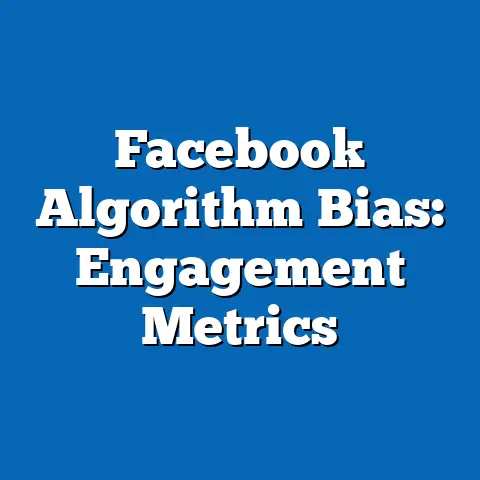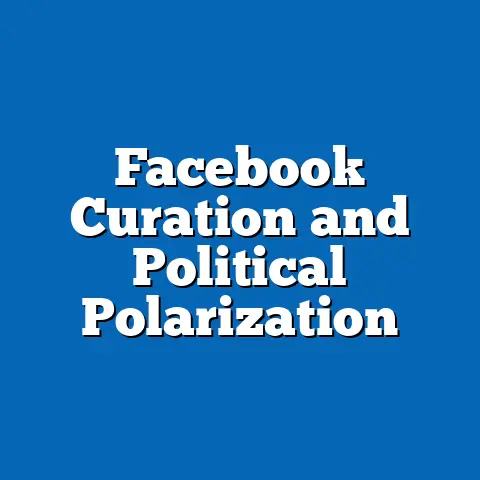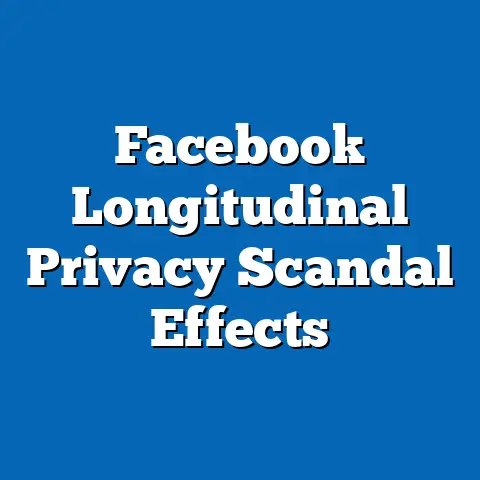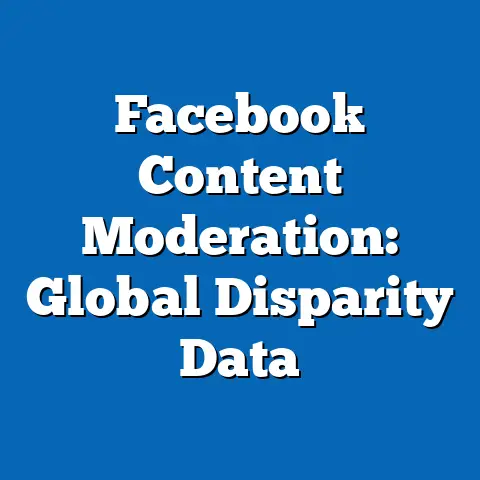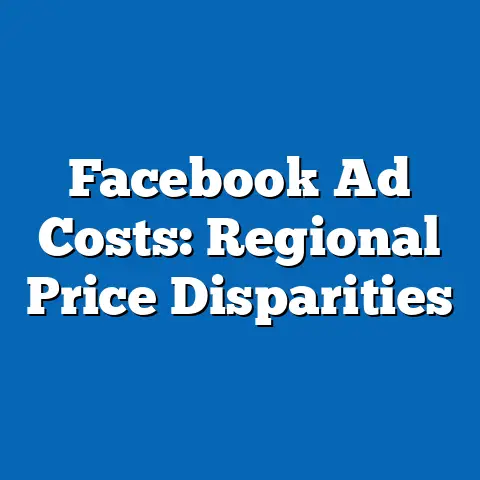Facebook’s 2024 Political Ad Spend: $1B Impact?
1. Introduction: The Growing Role of Digital Platforms in Political Advertising
Political advertising on digital platforms has transformed electoral campaigns over the past decade, with Facebook remaining a dominant player due to its vast user base of over 3 billion monthly active users as of 2023 (Meta, 2023). The platform’s microtargeting capabilities, which allow advertisers to tailor messages based on user demographics, interests, and behaviors, have made it a critical tool for political campaigns. In the 2020 U.S. election cycle, political ad spend on Facebook alone reached approximately $750 million (Ad Library, Meta, 2021), highlighting its significance.
This analysis focuses on 2024, a year with major elections in the U.S., India, the European Union, and beyond, potentially impacting over 4 billion people (IFES, 2024). The central question is whether political ad spend on Facebook could surpass $1 billion, driven by increasing digital budgets, regulatory shifts, and geopolitical stakes. We will explore current data, employ statistical projections, and discuss the factors shaping these trends.
2. Current Data on Political Ad Spend on Facebook
As of mid-2023, Meta’s Ad Library reports that political and issue-based ad spend on Facebook and Instagram combined has already reached $200 million globally for the year, with significant spikes in regions with upcoming elections (Meta Ad Library, 2023). In the U.S., early spending ahead of the 2024 presidential primaries accounts for nearly 60% of this figure, driven by both Democratic and Republican campaigns as well as issue advocacy groups. This pace suggests a sharp increase compared to the $150 million spent at a similar point in the 2019-2020 cycle.
Third-party trackers like AdImpact estimate that digital platforms, including Facebook, currently account for 25% of total political ad budgets in the U.S., up from 18% in 2020 (AdImpact, 2023). While television remains dominant, the shift toward digital is accelerating, particularly among younger voter demographics. However, data collection challenges persist, as Meta’s Ad Library does not capture all ad spend (e.g., ads not labeled as political) and varies in transparency across countries due to differing regulations.
Visual Representation
Chart 1: Political Ad Spend on Facebook (2016-2023, with 2024 Partial Data)
– 2016: $250 million (U.S. election cycle)
– 2018: $400 million (U.S. midterms + global)
– 2020: $750 million (U.S. election cycle + global)
– 2022: $500 million (U.S. midterms + global)
– 2023 (partial): $200 million (global, as of Q3)
(Source: Meta Ad Library, adjusted with AdImpact estimates)
(Note: 2024 full-year data unavailable; projections discussed below)
3. Projected Trends for 2024: Statistical Modeling and Scenarios
To estimate whether political ad spend on Facebook could reach $1 billion in 2024, we employ a statistical model based on historical ad spend growth rates, election cycle intensity, and platform user growth. The model uses a compound annual growth rate (CAGR) of 15% for political ad spend on digital platforms from 2016-2022 (derived from Meta and AdImpact data) and adjusts for unique 2024 factors such as global election density and regulatory changes. Three scenarios are considered:
Scenario 1: Baseline Growth ($850 Million)
- Assumes a steady 15% growth over 2020’s $750 million spend.
- Factors: Moderate increase in digital ad budgets, stable user growth, and limited regulatory interventions.
- This scenario reflects a continuation of current trends without major disruptions.
Scenario 2: High Growth ($1.1 Billion)
- Assumes a 20% growth rate, driven by record-high election stakes in the U.S. and India, increased digital-first campaigning, and weaker regulatory oversight in some regions.
- Factors: Higher ad budgets as campaigns target undecided voters via microtargeting; growth in developing markets.
- This scenario is plausible if global political polarization and digital ad dependency intensify.
Scenario 3: Constrained Growth ($650 Million)
- Assumes a 10% decline from baseline due to stricter regulations (e.g., EU Digital Services Act) and potential Meta policy changes limiting political ads.
- Factors: Reduced ad inventory or higher compliance costs; public backlash leading to voluntary spend cuts by campaigns.
- This scenario accounts for growing scrutiny of digital platforms’ role in misinformation.
Methodological Assumptions and Limitations
The model assumes that historical growth rates are indicative of future trends, which may not hold if unexpected policy shifts or platform changes occur. It also relies on incomplete 2023 data and does not fully account for unreported ad spend outside Meta’s transparency tools. Additionally, global variations in election timing and ad regulations introduce uncertainty.
4. Key Factors Driving Changes in Political Ad Spend
Several interconnected factors will shape whether political ad spend on Facebook reaches $1 billion in 2024. These are categorized into demand-side, supply-side, and external influences.
4.1 Demand-Side Factors
- Election Density: With over 60 countries holding national elections in 2024, demand for political ads is expected to surge, particularly in populous nations like the U.S. and India (IFES, 2024).
- Digital Shift: Campaigns are allocating larger shares of budgets to digital platforms to reach younger and swing voters, with digital expected to account for 30% of U.S. political ad spend by 2024 (eMarketer, 2023).
- Polarization and Stakes: High-stakes elections often drive increased ad spend as parties and candidates compete for influence.
4.2 Supply-Side Factors
- Platform Policies: Meta’s evolving stance on political ads, including past temporary bans (e.g., post-2020 U.S. election), could limit ad inventory or increase costs for advertisers.
- Ad Tech Advancements: Enhanced targeting tools and AI-driven ad optimization may encourage higher spend by improving campaign ROI.
- User Base Growth: Continued user growth in developing markets could expand the reach and cost of political ads.
4.3 External Influences
- Regulation: Policies like the EU’s Digital Services Act and potential U.S. legislation on political ads could restrict targeting or require greater transparency, impacting spend (European Commission, 2023).
- Public Sentiment: Backlash against misinformation and foreign interference may pressure Meta to limit political ads, as seen in voluntary restrictions during past elections.
- Economic Conditions: Global economic uncertainty could constrain campaign budgets, though political ad spend often remains resilient during downturns.
5. Broader Historical and Social Context
Political advertising on platforms like Facebook has been a focal point since the 2016 U.S. election, when concerns about misinformation and foreign interference (e.g., Cambridge Analytica scandal) highlighted the risks of unchecked digital campaigns. The subsequent increase in ad spend—nearly tripling from 2016 to 2020—reflects both the growing reliance on digital tools and the challenges of regulating them. Socially, the shift to online platforms mirrors broader trends in media consumption, with younger generations increasingly disengaged from traditional outlets like television.
In 2024, the stakes are amplified by global democratic backsliding and rising populism, which often fuel aggressive ad campaigns. The potential $1 billion spend is not just an economic milestone but a marker of how digital platforms shape political discourse. Historically, such spending levels correlate with heightened scrutiny, as seen in past U.S. congressional hearings on Meta’s role in elections (U.S. Senate, 2018).
6. Implications of a $1 Billion Spend
If political ad spend on Facebook reaches $1 billion, the implications span economic, political, and social domains. Economically, it would cement Meta’s dominance in digital advertising, potentially contributing 5-7% of its annual ad revenue based on 2022 figures ($116 billion; Meta, 2023). Politically, it could amplify the platform’s influence on voter behavior, raising concerns about equity in ad access for smaller campaigns.
Socially, a $1 billion spend may intensify debates over misinformation, with studies showing that false political content spreads faster than factual content on social media (Vosoughi et al., 2018). It could also exacerbate polarization by enabling hyper-targeted messaging that reinforces echo chambers. Conversely, increased transparency tools and voter education initiatives could mitigate some risks if implemented effectively.
7. Uncertainties and Data Limitations
Several uncertainties cloud these projections. First, Meta’s Ad Library data is incomplete, as not all political ads are flagged or reported, especially in regions with lax oversight. Second, regulatory developments remain unpredictable; a sudden policy shift (e.g., a U.S. ban on political microtargeting) could drastically alter spend patterns.
Third, the impact of AI-generated content and deepfakes on ad costs and effectiveness is unknown, as these technologies evolve rapidly. Finally, public and corporate responses to ethical concerns could lead to voluntary reductions in ad inventory or spend, as seen in Meta’s 2020 post-election ad pause. These limitations underscore the need for cautious interpretation of projections.
8. Conclusion
Facebook’s political ad spend for 2024 could plausibly approach or exceed $1 billion under high-growth scenarios, driven by global election density, digital budget shifts, and platform capabilities. However, constraints from regulation, public scrutiny, and economic factors introduce significant variability, with projections ranging from $650 million to $1.1 billion. The implications of such spending extend beyond economics, touching on democratic integrity and social cohesion.
This analysis highlights the need for ongoing monitoring of ad spend data, regulatory developments, and platform policies. While historical trends and current data provide a foundation, the fluid nature of digital advertising and geopolitics necessitates flexibility in forecasting. Future research should focus on real-time tracking and the impact of emerging technologies like AI on political ad dynamics.
References
- Meta Ad Library (2021-2023). Political Ad Spend Reports.
- AdImpact (2023). Digital Political Ad Trends Report.
- eMarketer (2023). U.S. Political Ad Spend Forecast.
- International Foundation for Electoral Systems (IFES) (2024). Global Election Calendar.
- European Commission (2023). Digital Services Act Guidelines.
- Vosoughi, S., et al. (2018). “The Spread of True and False News Online.” Science.
- U.S. Senate (2018). Hearings on Social Media and Election Interference.
- Meta (2023). Annual Financial Report.
Glossary
- Microtargeting: A marketing strategy that uses data to deliver highly personalized ads to specific audience segments.
- Ad Inventory: The total amount of advertising space or opportunities available on a platform.
- CAGR (Compound Annual Growth Rate): A measure of the mean annual growth rate of an investment or metric over a specified period.
This structured analysis provides a comprehensive view of Facebook’s 2024 political ad spend while acknowledging uncertainties and offering multiple scenarios for consideration.


